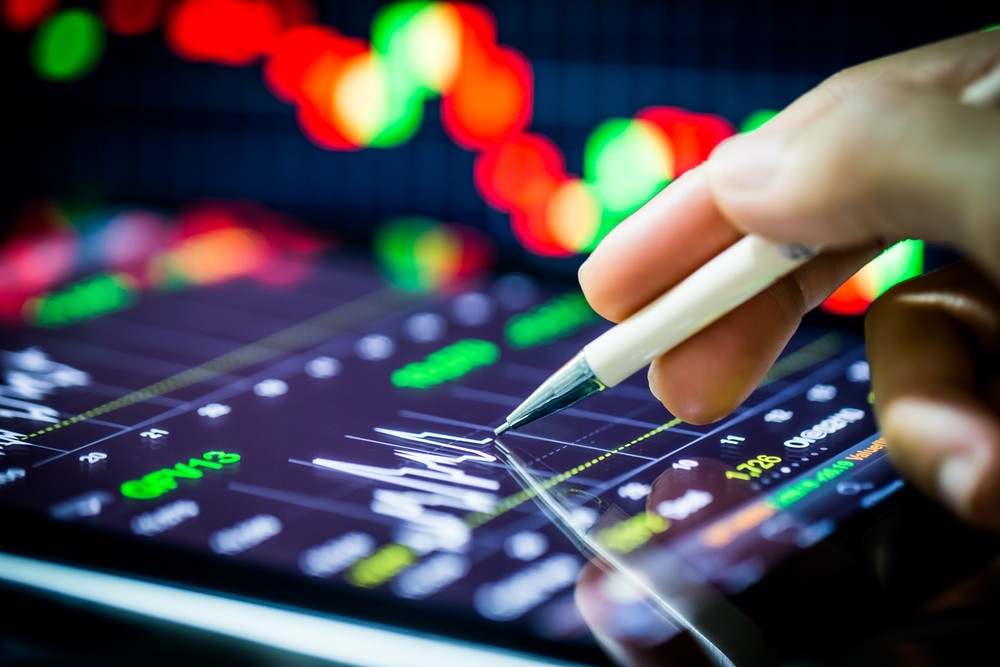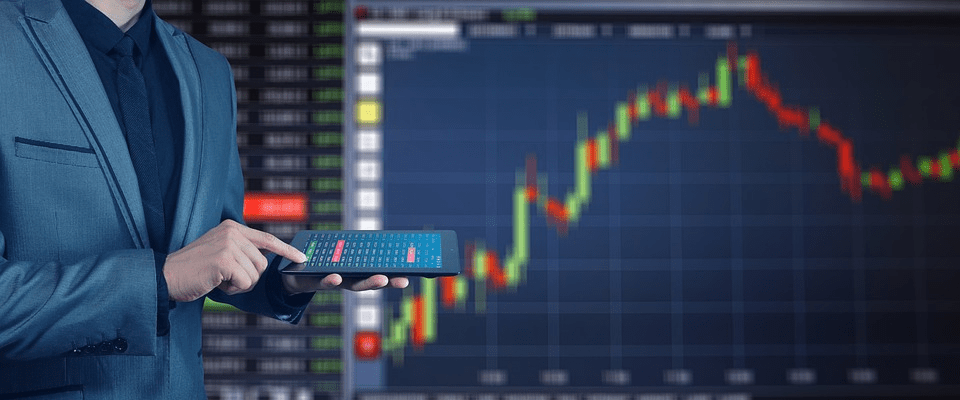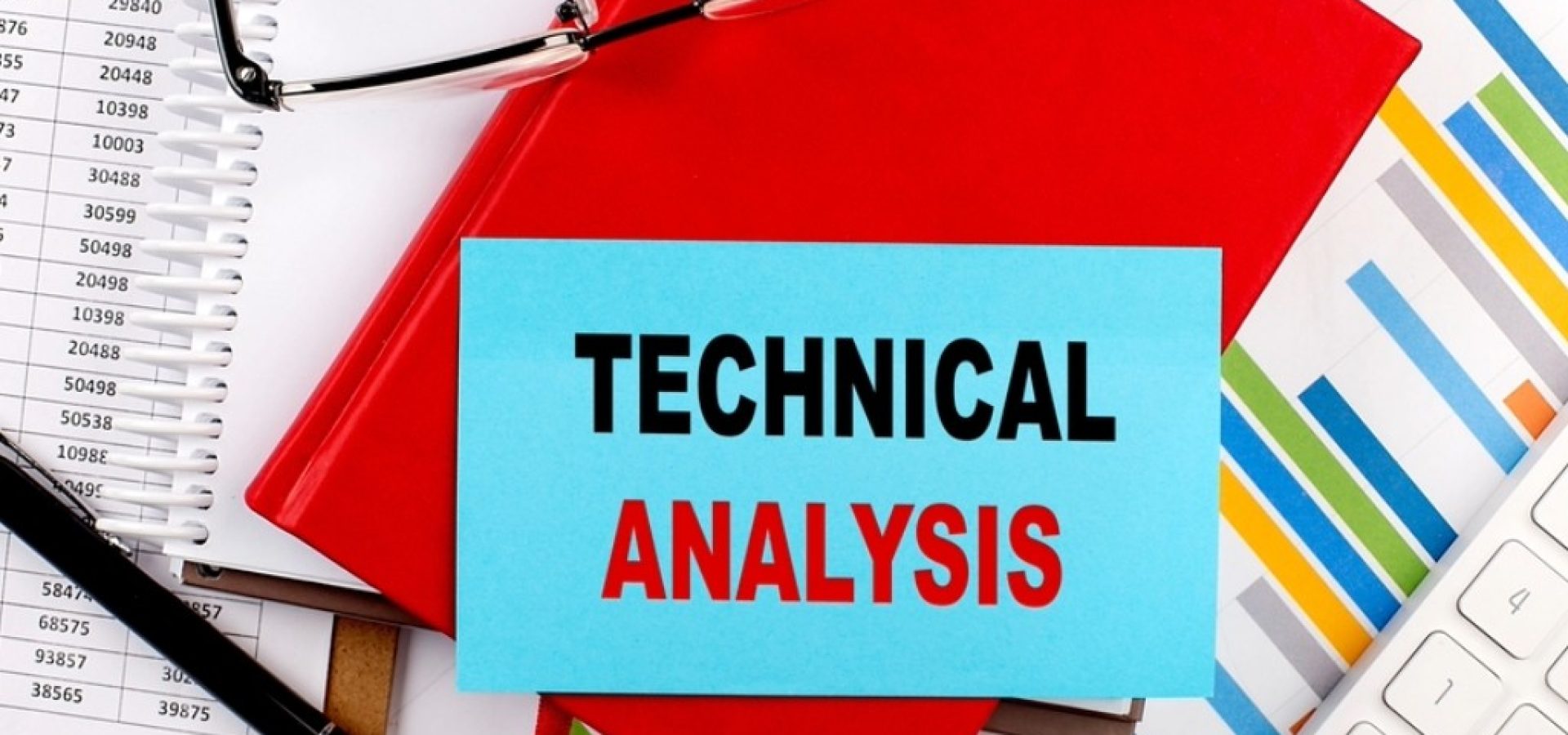Technical analysis is a popular financial trading approach that relies on past market activity and statistical trends to identify potential opportunities. Unlike fundamental analysis, which examines a company’s financial health and intrinsic value, technical analysis focuses on price movements, trading volumes, and historical patterns to predict future price changes.
Technical analysts can detect repetitive market patterns and forecast trading opportunities using tools like moving averages, oscillators, and trendlines. This approach is widely applied across various financial instruments, including stocks, currencies, and commodities. While technical analysis is often associated with short-term trading, its versatility allows it to be used for longer-term investment strategies, providing traders with a data-driven way to navigate financial markets.
Fundamental Versus Technical Analysis
Fundamental and technical analysis are two common approaches to evaluating investments in financial markets.
Contrasting with fundamental analysis, which delves into a company’s financial statements and economic factors, technical analysis concentrates on historical price patterns and stock trends. While fundamental analysis seeks to determine a security’s intrinsic value, the second approach predicts future price movements based on past trends.
Fundamental Analysis:
This approach involves assessing a company’s intrinsic value by examining its financial statements, industry trends, management team, and economic conditions. The focus is on understanding the underlying factors that drive a company’s growth and profitability, aiming to identify undervalued or overvalued stocks.
Technical Analysis:
Technical analysis relies on price charts, trading volume, and other market data to predict future price movements. It assumes that historical patterns and trends repeat over time. Furthermore, technical analysts use moving averages, trend lines, and oscillators to guide decisions.
Both approaches offer unique insights, with fundamental analysis emphasising long-term value, while technical analysis targets short-term trends and timing. Successful investors often blend both methods to make informed decisions.
Key Takeaways of Technical Analysis
Technical analysis revolves around interpreting market data to predict future price movements. Here are the key takeaways:
- Price Trends and Patterns: Technical analysts examine charts to discern repetitive price trends and patterns. By identifying recurring formations, like head and shoulders or double tops, they aim to forecast market direction.
- Indicators of Future Movements: The underlying assumption in technical analysis is that past trading activities and price fluctuations can signal future behaviour. Analysts use these insights to guide trading strategies, suggesting when to enter or exit a position.
- Utility Across Time Frames: While technical analysis is often associated with short-term trading, it has broader applications. It can assess security’s relative strength or weakness over various time frames, from minutes to years. This versatility makes it valuable for both day traders and long-term investors.
This method offers a data-driven approach to navigating financial markets, relying on historical trends and patterns to make predictions. Its adaptability allows for diverse trading strategies, complementing other methods like fundamental analysis.
6 Application Areas for Technical Analysis

Technical analysis, with its focus on market data and price patterns, has broad application across diverse asset classes:
1. Stocks:
Stocks are perhaps the most common area where technical analysis is used. Investors and traders apply chart patterns, trend analysis, and other indicators to identify potential buying or selling opportunities in individual stocks or equity indices.
2. Futures:
Futures contracts, often tied to commodities or financial instruments, benefit from technical analysis as traders examine price trends and volume to gauge market sentiment and direction.
3. Commodities:
Technical analysis, including precious metals, energy, and agricultural products, is widely used in the commodities market. Moreover, it helps traders anticipate price fluctuations caused by supply-demand dynamics and other factors.
4. Fixed-Income Securities:
Though traditionally analysed through fundamental metrics, technical analysis can help evaluate the bond price and yield trends, providing insights into interest rate movements and credit risk.
5. Currencies:
In the forex market, technical analysis is key to tracking currency pairs. Traders analyse price movements, trends, and oscillators to forecast currency fluctuations.
6. Other Securities:
Technical analysis also applies to other financial instruments, such as exchange-traded funds (ETFs), options, and cryptocurrencies, where identifying price patterns and trends can guide trading decisions.
This method’s versatility allows it to be used across various asset classes, providing valuable insights for short-term traders and long-term investors.
Common Indicators Used in Technical Analysis
Technical analysts use a variety of tools to evaluate and predict market conditions:
- Trendlines and Channels: These tools help identify the direction of the market movement.
- Moving Averages: These indicators smooth out price data to create a single flowing line, making it easier to identify trends.
- Momentum Indicators: These tools gauge the speed at which prices are changing.
- Volume Indicators: These are used to understand the strength of price movements, with high volume associated with strong movements.
- Oscillators: These indicators fluctuate between local extremes and can help pinpoint a trend’s inherent strength or weakness.
- Support and Resistance Levels: These are key concepts where prices typically halt and reverse.
Underlying Assumptions
The principles underpinning technical analysis are based on three main assumptions:
- The Market Discounts Everything: This assumption posits that all publicly available information is reflected in prices.
- Prices Move in Trends: It is assumed that prices, regardless of the time frame, exhibit trends.
- History Repeats Itself: Market psychology influences repetitive patterns of price movements due to consistent human behaviour in response to fear, greed, or other stimuli.
Limitations of Technical Analysis

Despite its popularity among many traders, this strategy faces several criticisms:
1. Dependence on Historical Data
The Efficient Market Hypothesis (EMH) often challenges technical analysis, which suggests that all known information is already factored into stock prices. Thus, historical price and volume data do not contain actionable information.
2. Reliability of Price Patterns
Critics argue that relying on historical price patterns assumes history repeats itself in precise ways, which is rarely the case in dynamic markets. This unpredictability questions the reliability of technical analysis predictions.
3. The Self-Fulfilling Prophecy
Another criticism is that technical analysis might lead to self-fulfilling prophecies. Traders might act on the same technical signals, causing stock prices to move in expected directions, not because of underlying financial truths but because of collective trader actions.
Combining Fundamental and Technical Analysis
Combining fundamental and technical analysis offers investors a holistic approach to evaluating investments. Fundamental analysis focuses on intrinsic value, examining financial statements, industry trends, and economic conditions to understand a company’s long-term growth prospects. Technical analysis, on the other hand, looks at price patterns and market trends to predict short-term price movements.
By blending these approaches, investors can gain a more comprehensive view of a stock or asset. For example, an investor might use fundamental analysis to identify undervalued stocks with strong financial health and then apply technical analysis to determine the best entry or exit points. This approach helps investors make informed decisions based on intrinsic value and market sentiment. Additionally, it can balance long-term investment strategies and short-term trading opportunities, offering a more flexible approach to investing.
Emerging Trends in Technical Analysis
Technical analysis is evolving with new technologies and approaches, reshaping how analysts interpret market data. Therefore, emerging trends like artificial intelligence, automated trading systems, and advanced charting tools are enhancing the precision and efficiency of this technique, driving innovation in financial markets. Here’s how:
1. Artificial Intelligence and Machine Learning:
Technical analysis is experiencing a transformation with the introduction of artificial intelligence (AI) and machine learning. Therefore, these technologies offer advanced pattern recognition and predictive analytics, enabling analysts to process vast data sets and accurately identify complex trends.
2. Automated Trading Systems:
Another significant trend is the rise of automated trading systems or algorithmic trading. These systems rely on technical indicators and rules-based logic to execute trades automatically, reducing human bias and allowing for high-speed, high-frequency trading.
3. Advanced Charting and Data Visualization Tools
Sophisticated charting software and data visualisation tools are becoming increasingly popular. These tools offer enhanced capabilities for analysing price trends, volume, and other market data. Moreover, they allow technical analysts to generate more accurate trading signals.
4. Integration of Social Media Sentiment
Social media sentiment analysis is emerging as a complementary aspect of technical analysis. By monitoring public sentiment and social trends, technical analysts can gain insights into market psychology, helping predict how sentiment might influence price movements.
These emerging trends are reshaping this method, offering new tools and approaches for technical analysts to adapt to ever-changing market conditions.
Role of Technology and Automation

Technology and automation have significantly impacted technical analysis, providing new tools and capabilities that drive trading efficiency. Here’s an overview of the key areas where technology is shaping technical analysis:
1. Automation in Trading
Technology and automation have revolutionised technical analysis, streamlining trading processes and enhancing efficiency. Automated or algorithmic trading systems execute trades based on predefined technical indicators and rules. Therefore, these systems can quickly process large volumes of data, allowing for high-frequency trading and reducing human error.
2. Advanced Tools and Software
The rise of advanced charting software has made technical analysis more accessible and efficient. These tools enable real-time analysis of price trends, volume, and other technical indicators, providing traders with deeper insights into market behaviour. Additionally, technology facilitates backtesting, allowing analysts to test trading strategies using historical data to assess their effectiveness.
3. Machine Learning and AI
Artificial intelligence (AI) and machine learning are growing in technical analysis. These technologies offer sophisticated pattern recognition and predictive capabilities, enabling technical analysts to identify complex trends and predict price movements accurately.
Regulatory Aspects and Ethical Considerations
Technical analysis must align with regulatory standards and ethical practices to ensure fair and transparent trading. The following points outline the key regulatory and ethical considerations:
1. Regulatory Oversight:
Technical analysis operates within a regulatory framework to ensure fair and transparent trading practices. Regulatory bodies like the Securities and Exchange Commission (SEC) in the United States set rules to prevent market manipulation and ensure compliance with trading regulations. Therefore, technical analysts must adhere to these rules to avoid legal issues.
2. Ethical Considerations in Technical Analysis
Ethics in technical analysis involve avoiding practices that could mislead or harm other market participants. Ethical concerns arise when traders or analysts manipulate technical indicators or spread false information to influence market movements. Ensuring transparency and integrity in this approach is crucial to maintaining market trust.
3. Challenges with Automation and Algorithmic Trading
While automation and algorithmic trading offer efficiency, they also pose risks. Rapid automated trades can lead to market volatility, and system errors or manipulations can have widespread consequences. Regulatory bodies monitor these practices to ensure automated systems do not compromise market stability.
Considering these regulatory and ethical aspects, technical analysts can operate with integrity and contribute to a fair and orderly market.
Conclusion:
Technical analysis is a valuable tool for navigating financial markets, focusing on price patterns and trading volumes to spot trends and identify trading opportunities. Although it relies on historical data and has limitations, this approach can be used across various asset classes and timeframes, from short-term trades to long-term investments. Furthermore, its versatility complements fundamental analysis examining a company’s intrinsic value. By combining both approaches, investors gain a more complete picture, balancing intrinsic worth with market dynamics to make informed decisions.











COMMENTS